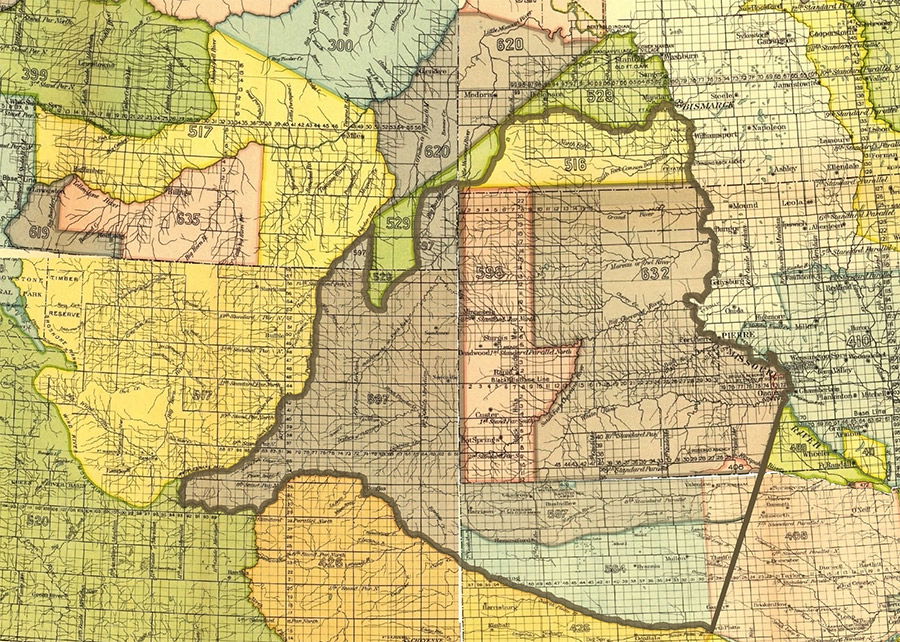How The West Was Lost
Chris Smallbone explains the effect of United States expansion on the native Americans of the Great Plains in the mid-19th century.

At the beginning of the nineteenth century the United States neither owned, valued nor even knew much about the Great Plains. This vast tract of grassland which runs across the centre of the continent was described as the ‘Great American Desert’, but by the end of the century the United States had taken it over completely. As the ‘new Americans’ (many of them black) pushed the frontier to the west, they established their culture at the expense of that of the indigenous peoples, then known to the incomers as ‘Indians’.
The great natural resource of the Plains was the buffalo, which migrated in vast herds. The peoples of the Great Plains hunted and ate the buffalo, made tepees from their hides and utilized most other parts to make tools, utensils and weaponry. Some of them, for example the Mandan and Pawnee, lived in semi-





